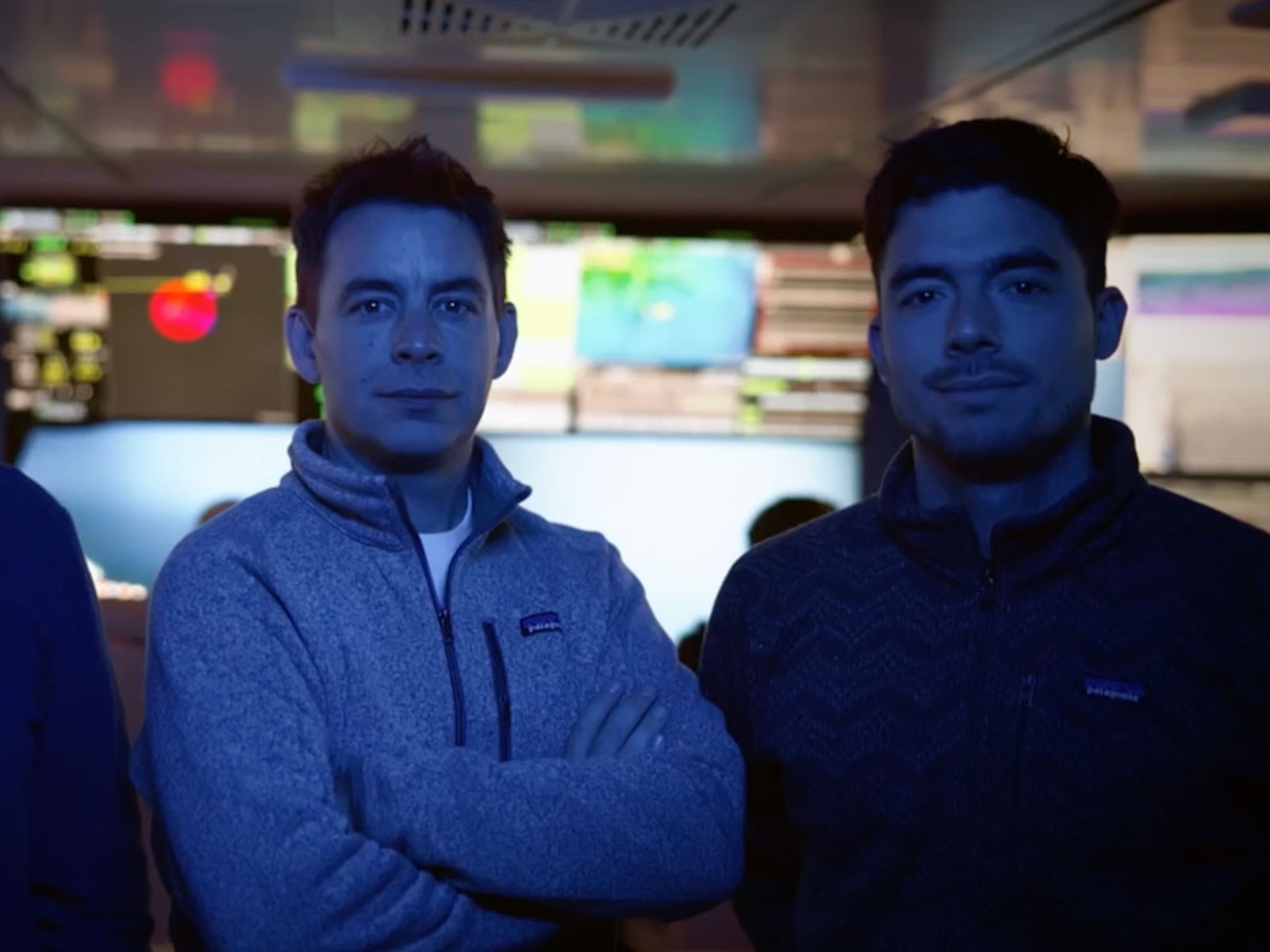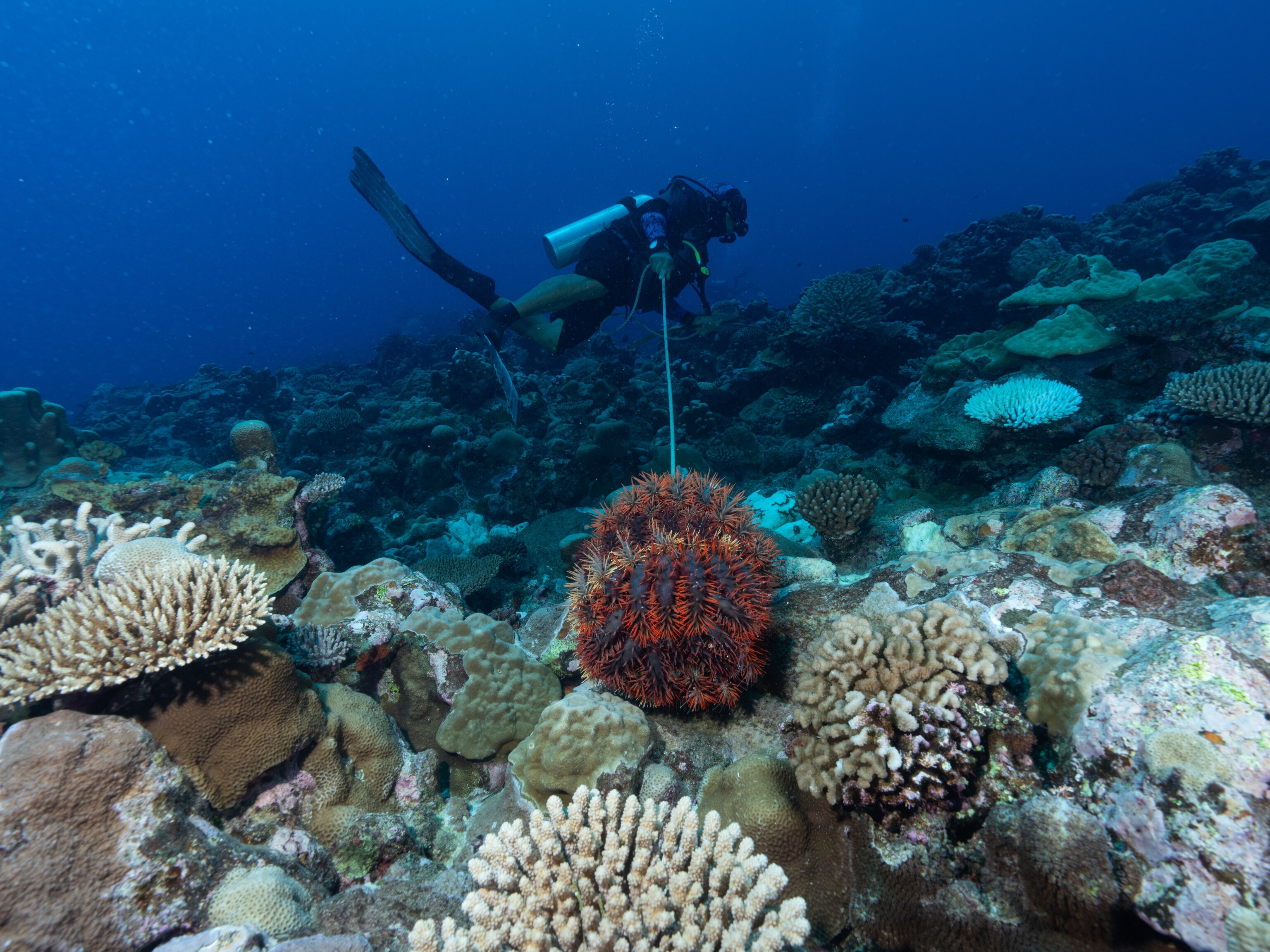David Gruber: Researching with respect and a gentler touch
National Geographic Explorer David Gruber and his team are taking a delicate approach to understanding sperm whales.

David Gruber wants researchers to be gentler with their subjects. The marine biologist from New Jersey is probably best known for a 2014 study wherein he and colleagues identified more than 180 new species of biofluorescent fish — a groundbreaking find — but he is as interested in the process, as he is in the discovery.
Much of Gruber’s work involves developing, in his words, "new ways of doing science that are gentler and more connective than previous methods.”
He and roboticist Rob Wood teamed up to engineer “squishy robot fingers” that provide a less-invasive means of studying ocean life. More recently, he worked with Nina Sinatra to develop an ultra-gentle robot to interact with very fragile organisms like jellyfish.
Gruber is also keenly interested in the perspective of the species he studies. A “shark-eye camera" co-developed with colleagues allows them to view the ocean from the shark’s point of view.
Gruber insists that this focus on process is key to future marine discoveries. Non-invasive research processes allow scientists to enter the world of their subjects more completely, and in Gruber’s words, to approach subjects with “a sense of respect.”
His newest project, Project CETI (Cetacean Translation Initiative), aims to do just that with one of the world’s largest predators: the sperm whale. Together with fellow Explorer and whale expert Shane Gero and other collaborators, the team will develop the most delicate robotics technologies to listen to the sperm whales.
Gruber hopes that these projects can help to shape “new, more gentle ways of conducting research ... and grow a more harmonious relationship between humans and nature.”




